
Tales From the Superbowl of Astronomy
SEATTLE — Each January, thousands of astronomers get together and spend four days talking about stars, galaxies, planets, the cosmos, and everything in between. This year’s winter meeting of the American Astronomical Society was held in Seattle from Jan. 4-8, and it was so stuffed with science that I didn’t even get a glimpse of the city’s Space Needle…while covering a space conference.
Three time zones away, National Geographic’s Erika Engelhaupt and Dan Vergano worked overtime with me to bring you tales from the stars.
We published one of the early meeting highlights, a new Hubble image of the Eagle Nebula’s Pillars of Creation, on Monday. The next day, the planet-hunting Kepler mission announced a handful of new exoworlds, including a clutch of planet candidates that could be true Earthy twins. And Thursday, we reported that one of the galaxy’s most massive and peculiar star systems, Eta Carinae, has produced the brightest X-ray flares yet recorded (don’t miss the stunning 3-D simulations that helped scientists peer into the unstable heart of this “erratic stellar monster”).
The meeting may have wrapped up, but we’re not done yet. We’ve got one more story in the works and have gotten word of some exciting announcements that will be arriving in the coming months. In the meantime, I’ve written these eight short meeting reports to share some more of the meeting’s celestial happenings, starting with that spectacularly star-studded image of the Andromeda Galaxy, above. (I’ve included a smattering of fun facts and other astronomical interestingness as well.)
Enjoy!
— Nadia
Meeting Brief: A Hundred Million Stars
A new image of Earth’s nearest large galactic neighbor, the Andromeda Galaxy, is aglow with the light of more than 100 million stars. Scientists took long looks at a portion of the spiral galaxy’s disk, then published a panorama of 7,398 incredibly high-resolution Hubble Space Telescope images (above). In it, there are 1.5 billion pixels spanning 40,000 light-years. But the galaxyscape is more than just a pretty picture: It’s providing clues about Andromeda’s evolutionary history that teams are using to piece together how the galaxy formed and grew up. Among those clues are hints that Andromeda may have had a much more violent past than the Milky Way, and that older stars in its disk are behaving more erratically than younger stars.
For more: “Galaxy seen shuddering from ancient collision,” by Ron Cowen, Nature.
Fun Fact: Scientists can now pinpoint Saturn’s exact location to within roughly one mile, by combining information from NASA’s Cassini spacecraft and NSF’s Very Long Baseline Array.
Meeting Brief: Hunting for Exomoons
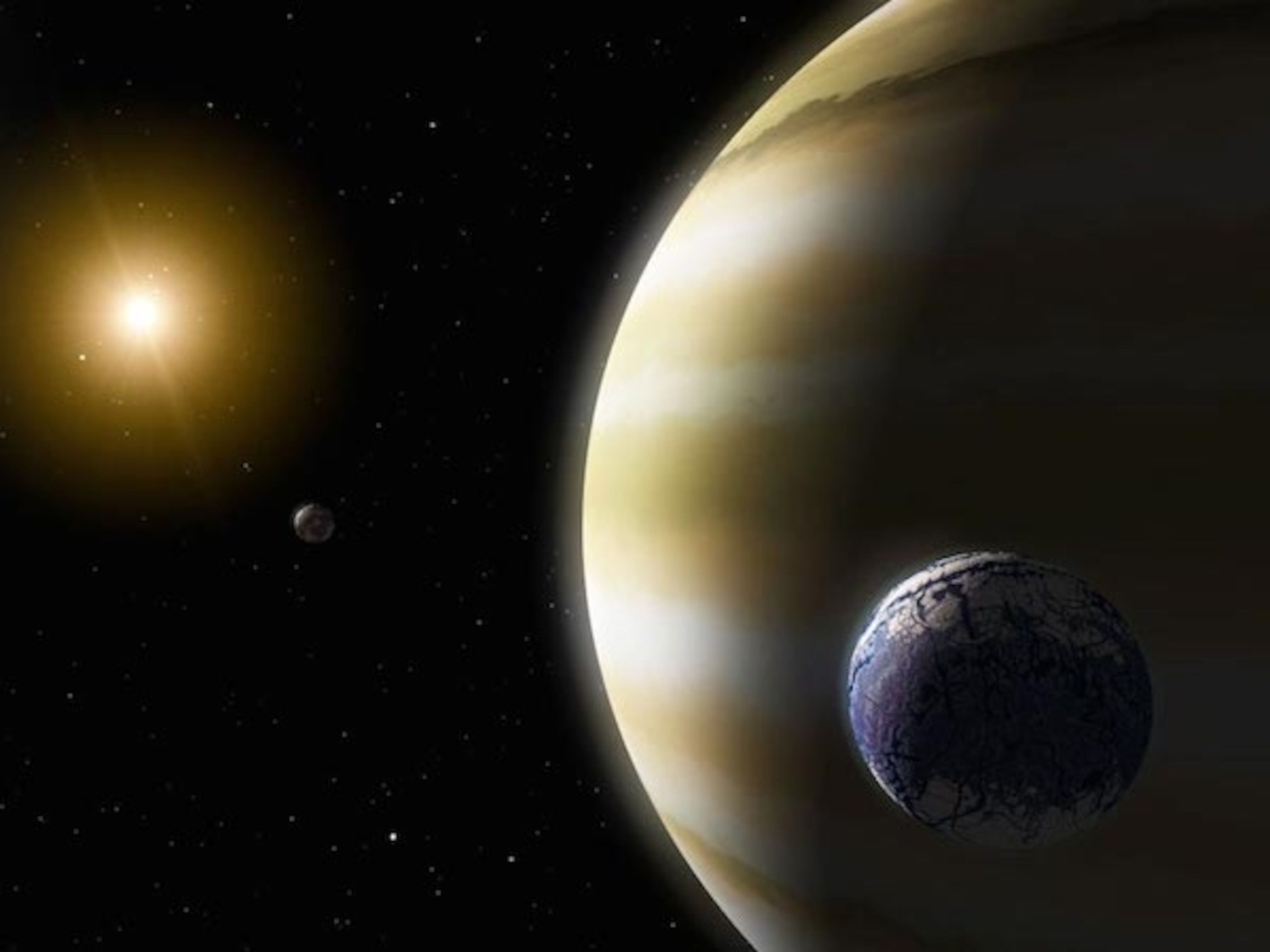
If there’s one thing astronomers are learning about exoplanets, it’s that alien worlds are common throughout the galaxy. But planets aren’t the only things capable of supporting life. If those exoworlds are anything like the planets in our solar system, some of them have potentially habitable exomoons. “There are more habitable moons than there are planets in the cosmos,” says David Kipping of the Harvard-Smithsonian Center for Astrophysics. “Anyone who cares about the frequency of Earthlike worlds really can’t ignore this component.”
Kipping searches for exomoons hiding in the Kepler spacecraft’s data. It’s not easy; he first selects worlds that are capable of holding onto a moon, and for which a moon should be detectable. There are about 400 of those. But looking at each candidate world requires about 50,000 hours of processing time, he said at the meeting. So far, Kipping has searched for moons around 40 candidates and found nothing. This year, with upcoming time on NASA’s Pleiades supercomputer and a new computing cluster, he should be able to look at 300 more.
In other words, 2015 could be the year of the exomoon!
Fun Fact: Planetary debris disks can sometimes look like the Eye of Sauron.
.@Disk_Detective top 1 million classifications of possible planetary habitats: http://t.co/FwQTY9iXpU #aas225 pic.twitter.com/mEE6uQehGs
— NASA (@NASA) January 6, 2015
Did You Know? ESA’s Gaia spacecraft, which is mapping the locations of roughly one billion stars, observes about 5,000 stars each second. (On average.)
Meeting Brief: Searching For Earth’s Twisted Sister

How common are Venus-like planets in the cosmos? That’s the question San Francisco State University astronomer Stephen Kane asked on Thursday, in one of the conference’s exoplanet sessions. While many scientists are focused on figuring out how common exo-Earths are, Kane points out that exo-Venuses could slip into those calculations.
“We know of at least one case where we can have two Earth-size planets with dramatically different atmospheres,” he says. “It behooves us to consider this very carefully when we’re looking at the planets in our sample.” Based on data from NASA’s Kepler spacecraft, Kane and his colleagues estimate that as any as 45 percent of (roughly) sunlike stars could host an exo-Venus. Smaller stars called M-dwarfs are slightly less likely to host these roasted worlds, and Kane suggests exo-Venuses might live around 30 percent of them.
Did You Know? Stars spin more slowly as they age, meaning that the rate at which a star spins should betray how old it is. But this has been a tricky relationship to parse, especially for stars that are cooler than the sun. Now, by measuring the frequency with which rotating star spots appear in a 2.5 billion-year-old cluster, astronomers are getting closer to developing a reliable stellar clock. (For more, see this report from Jonathan Webb at the BBC.)
Meeting Brief: Otherworldly Oceans, and a Recipe for Rocky Planets
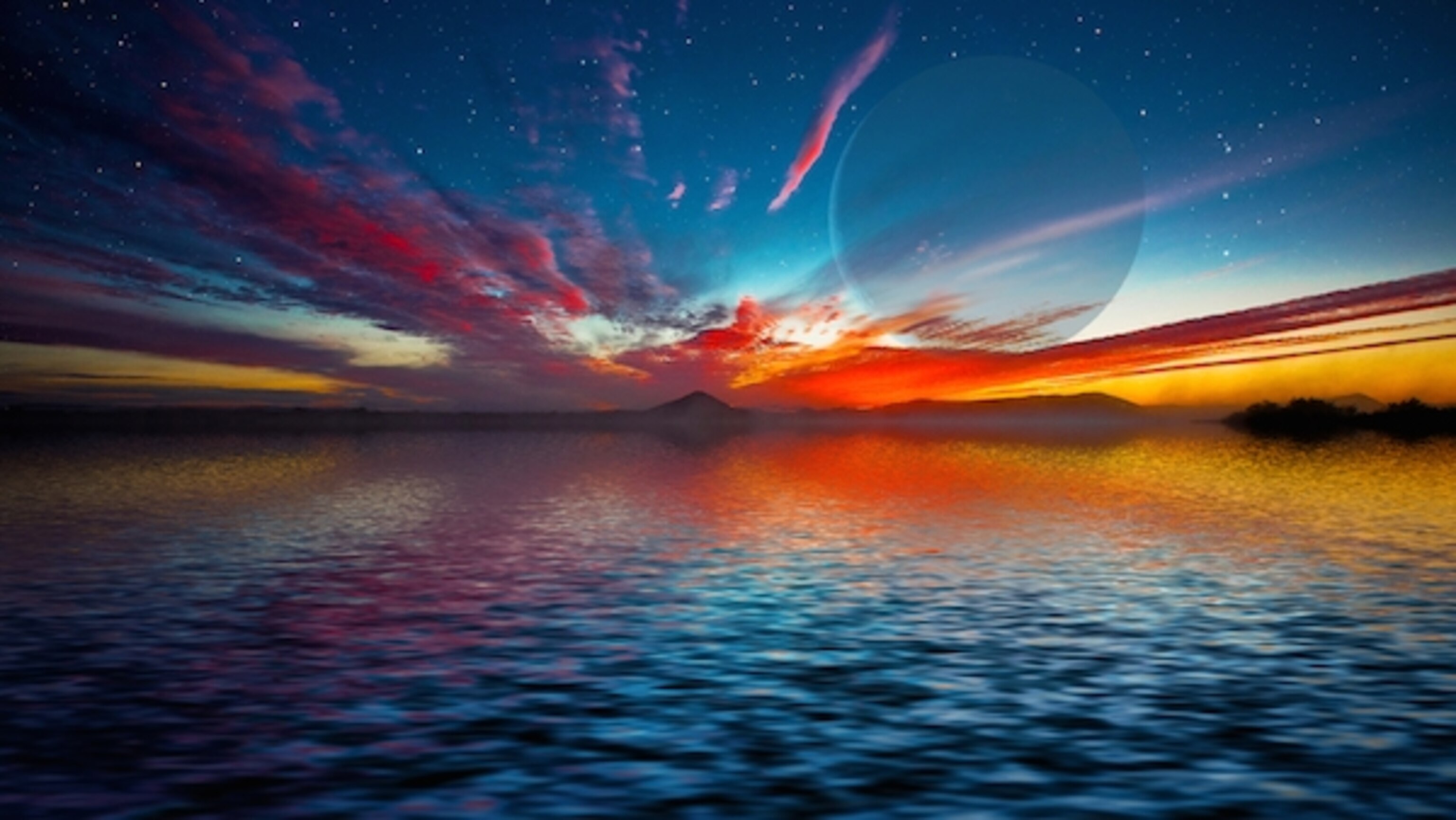
Take two parts iron and oxygen, one part each of magnesium and silicon, add a handful of other ingredients, and shape into a sphere. Bake for several million years. Cool until a thin brown crust forms and the ball stops glowing. Then season with water and organic materials.
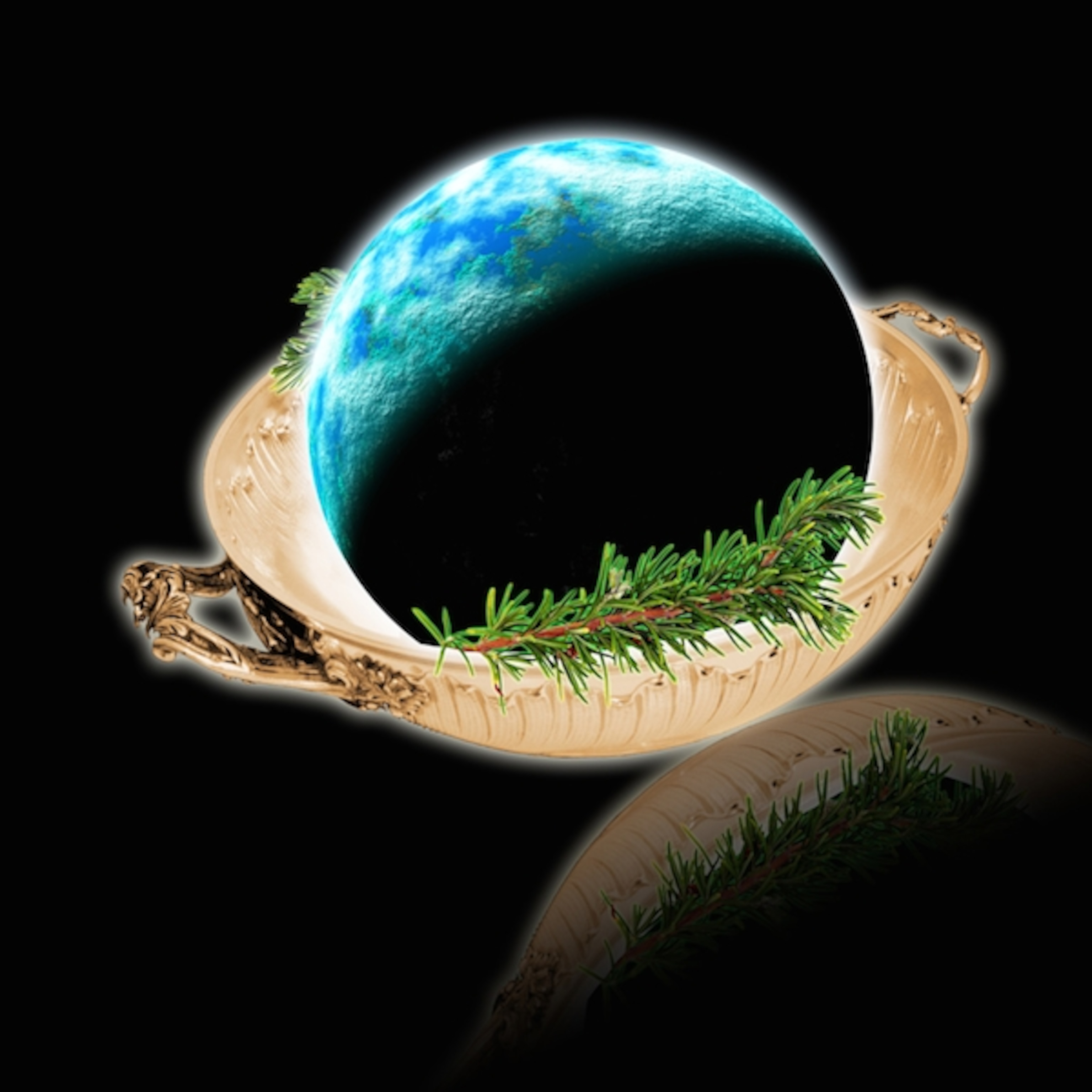
That’s the recipe astronomer Courtney Dressing figured out for cooking rocky planets – at least those that are 1.6 times Earth’s size and smaller. But, what about larger planets, the mega-Earths or mini-Neptunes? “Can we build them with the same recipe? Turns out, no,” says Dressing, of the Harvard-Smithsonian Institute for Astrophysics. “You can’t double the recipe that much. It doesn’t work.” Perhaps not surprisingly, bigger planets have different compositions. They’re a bit fluffier, a bit more gassy and icy. They’re also, says CfA astronomer Laura Schaefer, likely to have longer-lived oceans on their surfaces – a condition that is necessary for Life As We Know It. But there’s a catch: While oceans might live longer on super-Earths, they might also take longer to form. Conversely, Schaefer’s simulations show, oceans might live fast and die hard on planets smaller than Earth. “They outgas oceans very quickly,” Schaefer says.
For more: “New Super Earths Double the Number of Life-Friendly Worlds,” by Victoria Jaggard, at Smithsonian.com.
Fun Fact: Astronomy images can be very popular. (Here’s more information about that ALMA image)
ALMA’s HL Tau image (below) was viewed 455 million times, Al Wootten says. #aas225 pic.twitter.com/iOMi52eqjs — Nadia Drake (@slugnads) January 8, 2015
Meeting Brief: Earth Isn’t Flat, But the Universe Is
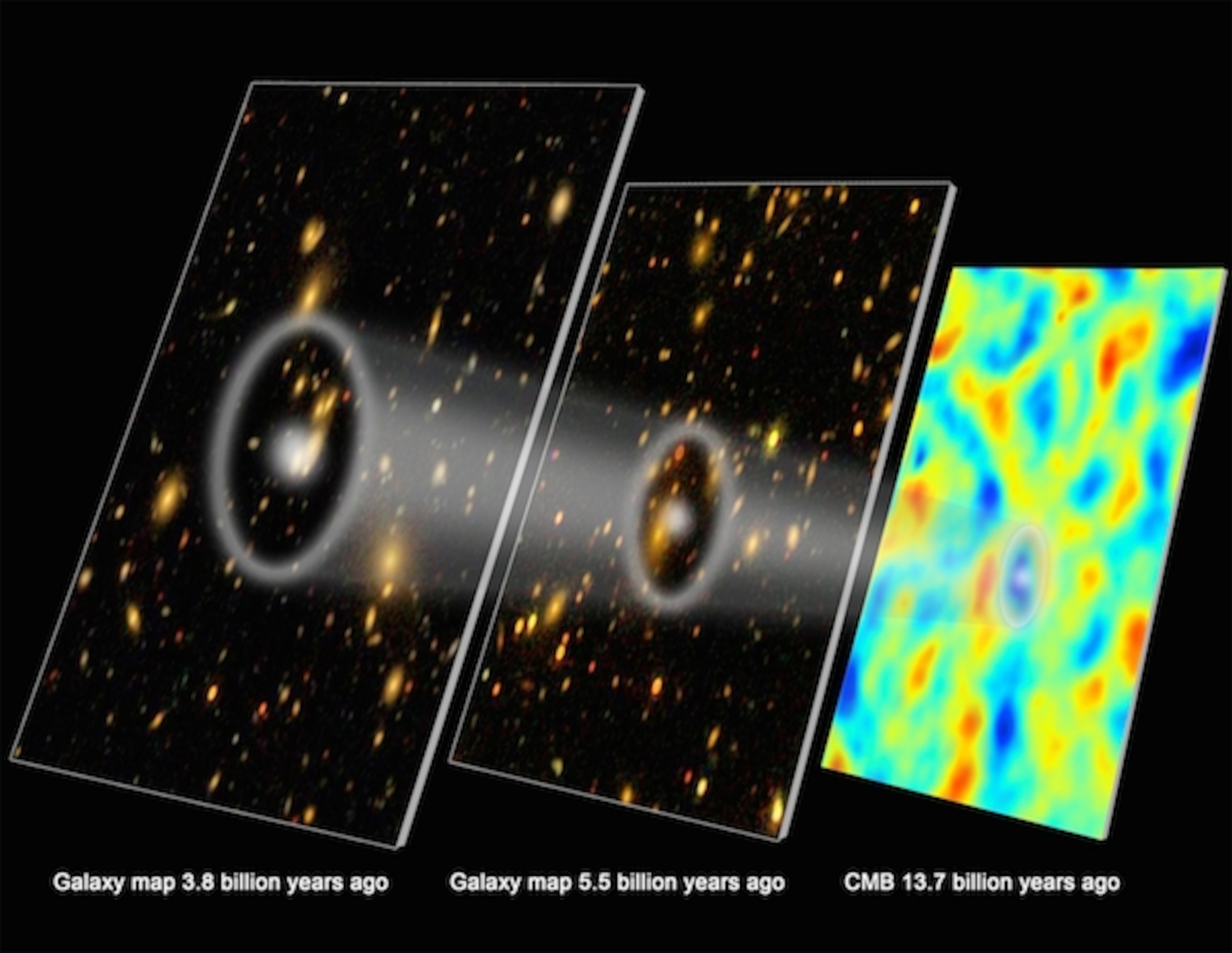
The Universe is still flat – perhaps even flatter than Kansas, which is officially flatter than a pancake – according to the latest results from the Baryon Oscillation Spectroscopic Survey. The survey used sound waves from the early universe to plot the positions of 1.4 million galaxies and 300,000 quasars. Those positions, when combined with data from other projects, strongly confirm the existence of dark matter, says Harvard University’s Daniel Eisenstein, and point to a flat cosmology. What’s more, “Dark energy appears to be constant over time,” Eisenstein says. “The data has driven us back to the simplest case of a flat universe with a cosmological constant.”
As described at the meeting, results from the European Space Agency’s Planck satellite also point to a flat cosmology. Speaking of Planck, the team still hasn’t released its joint analysis with the BICEP2 team, which in March of last year announced the detection of primordial gravitational waves – a key piece of evidence supporting the theory of cosmic inflation. There’s been much discussion over the past year about whether the BICEP analysis was done correctly, and scientists are eager to see whether the Planck data confirm or refute the BICEP finding. Planck promised results by late December, but we’re still waiting.
Any week now, the team says.
For more on the BOSS survey: “BOSS: A Ruler to Measure Them All,” by Monica Young, Sky and Telescope
For more on cosmology: “The Status of the Universe: 2015,” by Ethan Siegel, Medium
Fun Fact. The Jet Propulsion Laboratory made these fantastic exoplanet travel posters. Let’s go.
Check out these concept-art posters on what it could be like to visit some exoplanets! http://t.co/Z9eQid8aHD #aas225 pic.twitter.com/BVmnj5Ho6g
— NASA (@NASA) January 7, 2015
Meeting Brief: The Disappearing Pulsar
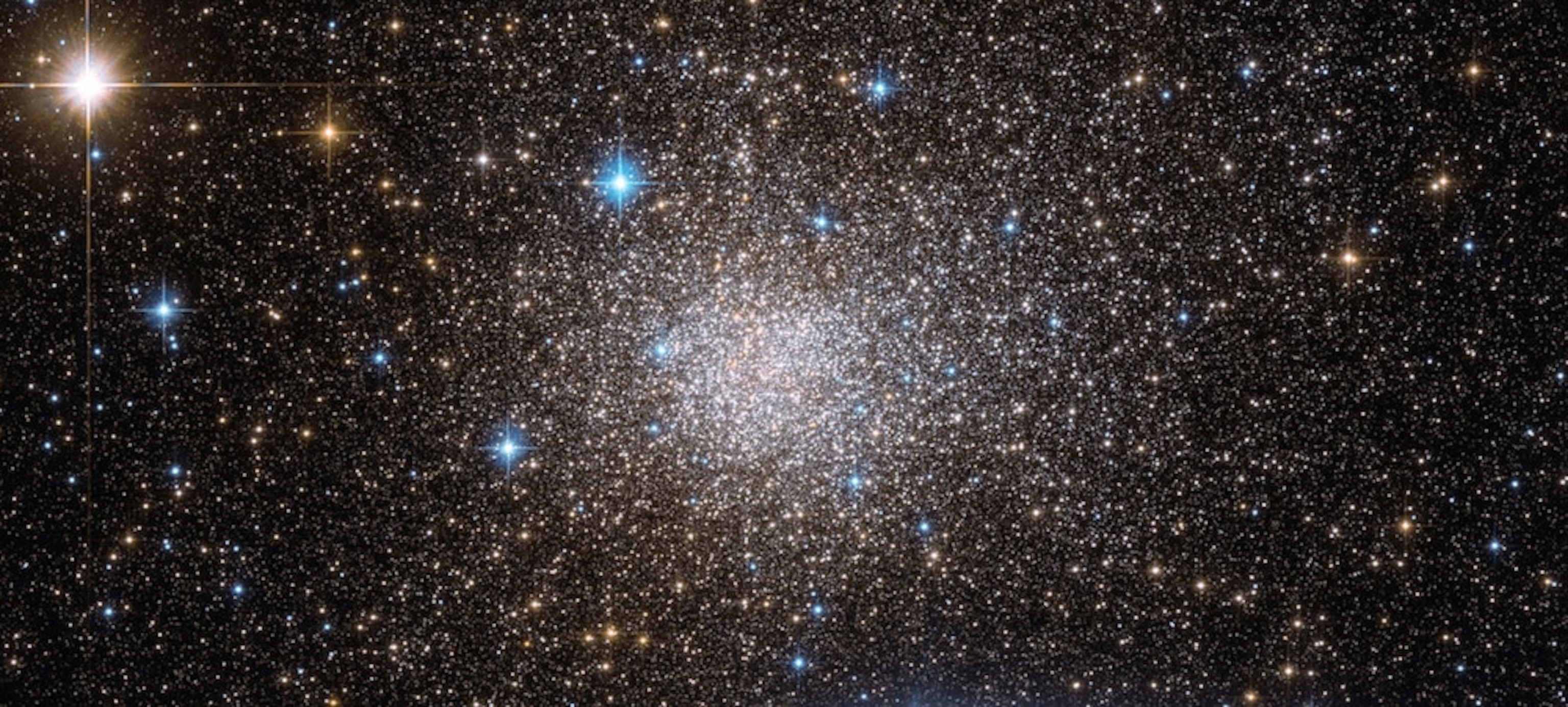
For the briefest of moments, a young pulsar blasted jets of radio waves in Earth’s direction, seven times per second. Then, almost as quickly as they had appeared, jets from the dead, spinning star began fading. Puzzled, astronomers raced to study the object, termed J1906+0746, which is 25,000 light-years away in a globular cluster known as Terzan 5. Observations indicated that the incredibly dense, spinning star wasn’t alone: It was orbiting another dense, dead star, once every four hours. That stellar corpse’s gravity was so strong, though, that it had bent the fabric of space-time and was causing the pulsar to wobble in its orbit (or precess). For about a decade, that wobbling directed the pulsar’s beams toward to Earth. And then it wobbled away. Scientists at have estimated that the pulsar will again appear as a beacon in its Earth’s radio sky in 2170.
For More: “’Bent time’ tips pulsar out of view,” by Jonathan Webb, BBC.
Did You Know? Long ago, a cascade of catastrophic collisions may have obliterated several planets in the inner solar system and left oddball Mercury as the only survivor. According to the new theory, there were once more planets inside Earth’s orbit than there are today. But as the solar system grew up and the planets shifted in their orbits, chaos descended upon these rocky worlds and hurled them into one another — a violent scenario that some scientists say could explain Mercury’s abnormally high density and strange, elliptical orbit. (For more, see “Mercury may be the sole survivor of planetary pileup,” by Lisa Grossman, New Scientist.)
Meeting Brief: When Supermassive Black Holes Collide
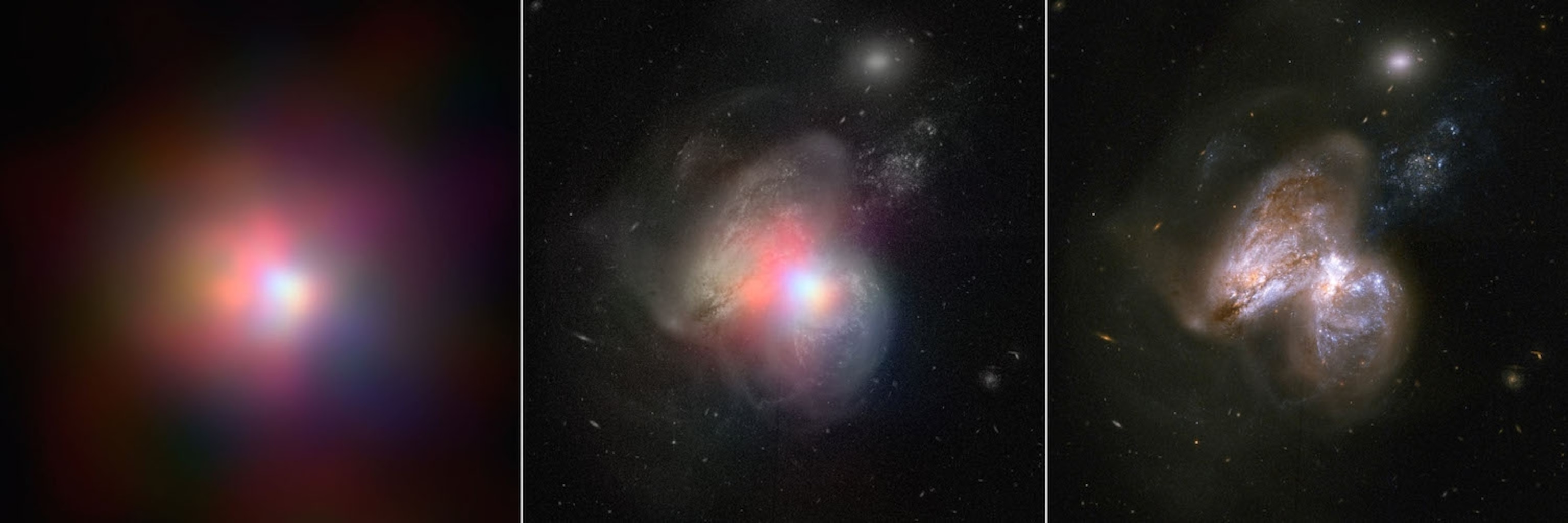
Packed with the mass of many billions of suns, supermassive black holes are like enormous cosmic drains that churn in the hearts of galaxies. Sometimes, these gargantuan drains collide. This is what scientists expect will happen in about 1 million years or so in a distant galaxy known as PG1302-102. There, scientists saw that the bright beacon of light shining from the galaxy’s center wasn’t shining ever so steadily. The team suspects those blips in the quasar’s light are the product of two supermassive black holes orbiting one another, less than a light-year apart. The eventual collision will likely release as much energy as 100 million supernovas and obliterate the galaxy – but it’s 3.7 billion light-years away, so not to worry.
Nearer to Earth, however, another pair of supermassive black holes appear to be on a collision course. Roughly 134 million light-years away, two merging galaxies, collectively called Arp 299, are slowly drifting toward a galactic smashup. But only one of the galaxies, as observed by NASA’s NuSTAR telescope, has an active supermassive black hole. The other cosmic drain appears to be snoozing.
For more: “Black Holes Inch Ahead to Violent Cosmic Union,” by Dennis Overbye, The New York Times
Did You Know? ESA’s Planck satellite managed to indirectly detect what’s called the cosmic neutrino background – particle radiation imprinted on the universe two seconds after the Big Bang. The cosmic neutrino background is both older and colder than the better-known cosmic microwave background, which dates to roughly 400,000 years post-Big Bang. (For more information, here’s a technical talk from earlier this year.)
Meeting Brief: A Curious Exoplanetary System

Astronomers have spotted the first binary star system known to include both a Jupiter-type planet and a brown dwarf – a failed star that’s just a little bit too light to ignite. The two worlds orbit one of the sunlike stars in the binary known as HD 87646. One of the worlds, the planet with 12 Jupiter masses, orbits the star every 13.5 days. A year on the failed star, which has 55 Jupiter masses, takes 674 days. The strange configuration is 314 light-years away and appeared in data collected by the Sloan Digital Sky Survey’s MARVELS observation program. For six years, MARVELS has surveyed 60 stars at a time, looking for wobbles that betray the presence of planets. The “very packed environment” of HD 87646 challenges theories describing how planets form, says University of Florida astronomer Jian Ge.
